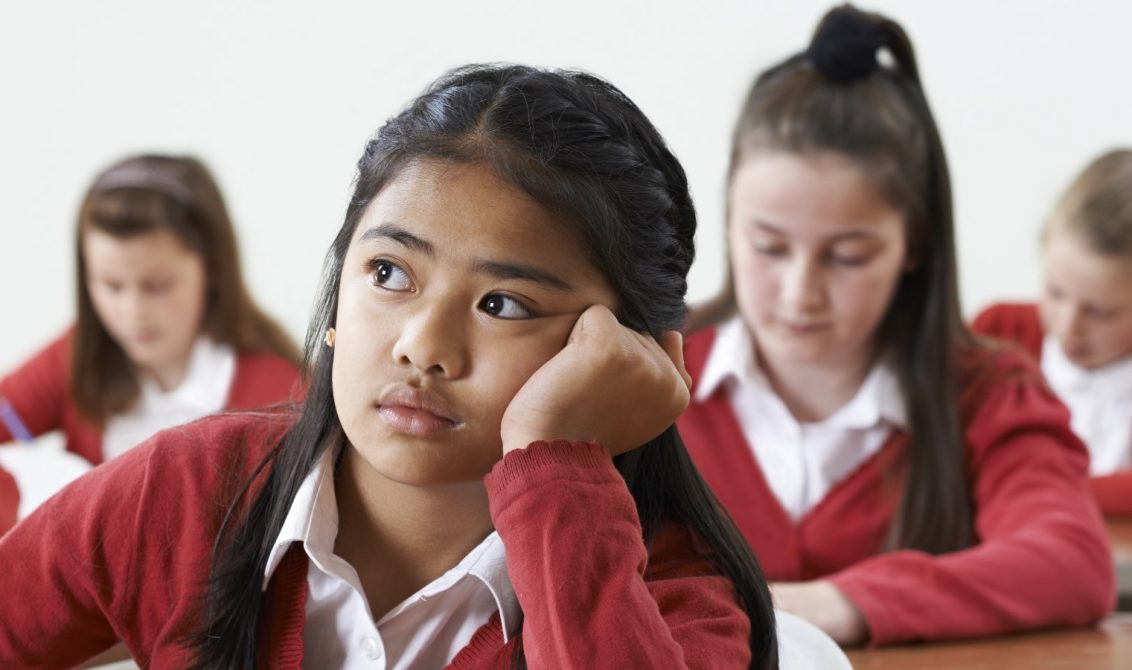
Bullying is a global issue. It affects children and adults of all ages and can take place at school, in the playground – even at work, at home and online. More than 20% of students say they have been bullied at school, according to the National Center for Educational Statistics and 43% say they have also been bullied online – meaning there’s often little respite from the mistreatment they are experiencing.
At a time when we are seeing increasing rates of suicidal thoughts among children and adolescents, it’s certainly not a problem that educators, parents or school administrators can ignore.
But rather than focusing on the victims of bullying, this article looks at the reasons why children become bullies and goes into the ways educators and parents can help change this behavior.
We spoke to Liliana Daro – a London-based psychologist – who shares her insights into this bullying and offers some very valuable prevention strategies and tools for both teachers and parents.
Why do children become bullies?
Liliana explains that there are a number of reasons why children become bullies – and the issue often stems from how they are being treated at home.
“The most important thing you need to know about bullying is that there’s always a reason for it; it is a learned behavior,” she says. “Kids often become bullies because they don’t have the attention they need from their parents. They may feel rejected at home, or perhaps they are being mistreated in some way and are replicating this at school.”
It is therefore important for teachers to act quickly when they see the first signs of bullying (like name-calling) – even when it seems fairly innocuous.
“If a child is being called ‘stupid’ by their mother or father, they might then lash out and call other children ‘stupid’, too.”
Not only can this behavior escalate into something worse, but it’s an indication that all is not well. It’s certainly worth considering bringing the parents in to speak with you early on.
Liliana goes on to explain that communication failure can also be at the root of the issue. She recognizes that parenthood is often tough – and sometimes moms and dads don’t have all the tools they need to deal with negative behavior at home.
“Sometimes, instead of communicating with their children clearly, parents avoid conflict.”
According to Liliana, this creates a build up of anger and frustration in the child, who may then hurt at kids at school (mentally or physically) as a way to release their frustration.
It’s therefore a good idea to work closely with the parents of children who are bullying others. Giving them constructive ways of dealing with their child’s negative actions at home can alleviate the issue in the classroom and stop bullying in its tracks.
How should teachers deal with children who are bullying?
Liliana offers a number of strategies that teachers and parents can implement to both prevent children from becoming bullies and to help those who are bullying others relearn the correct ways to act and socialise.
“Everyone who becomes a bully is a person who has problems with self esteem. So the first thing you need to teach a child who is a bully is to become confident about themselves. Behind a bully is always a person who experiences a lack of love, a lack of attention, and a lack of understanding and trust.”
She goes on to say that you must find a way to rebuild the child’s confidence and trust in themselves and in others.
“You have to talk to the child about why he or she is interacting from a place of fear, rejection, or anger.”
If you can find out why they are expressing frustration – you can deal with the root cause and show them how to better communicate their feelings without hurting others.
“But that’s not all: We should also separate the child from their actions,” she says. “If you don’t want the child to become a bully, you have to be clear that the child is good, but they have done a bad thing. If a child thinks of him or herself as ‘bad’, they’ll go around doing bad things.”
Likewise, Liliana explains that we should be careful how we offer criticism to children.
“Instead of calling a child ‘slow’, we should explain they are doing something ‘too slowly’ – or it may cause problems with their self-esteem. We can then ask how the child can improve so they can go faster.”
In this way, we can help the child develop a growth mindset – when a child no longer feels that their abilities, behaviour and potential are a fixed part of them, they can see that have it in their power to do better, be better and have more opportunities.
Resources to help you deal with bullying at home and in the classroom
To wrap up, Liliana leaves us with a number of helpful resources that teachers and parents can use to work with children who are bullying and being bullied.
Kidscape is an organization that offers information and resources on bullying online and in person for young people, their parents and schools.
Bullying.co.uk also has a huge number of resources to help children, teenagers, teachers and parents deal with bullying and everything that it involves.
If you’d like to find out more about bullying, read our article, A guide to bullying at school for teachers.
About the author
Liliana Daro is a psychologist and graduate from St Thomas University. She is recognised by the BPS (British Psychological Society) and is a member of the International Society for Coaching Psychology. She has 16 years of combined experience working with adults and mothers in self confidence building and employability in London and Bogota Colombia.

